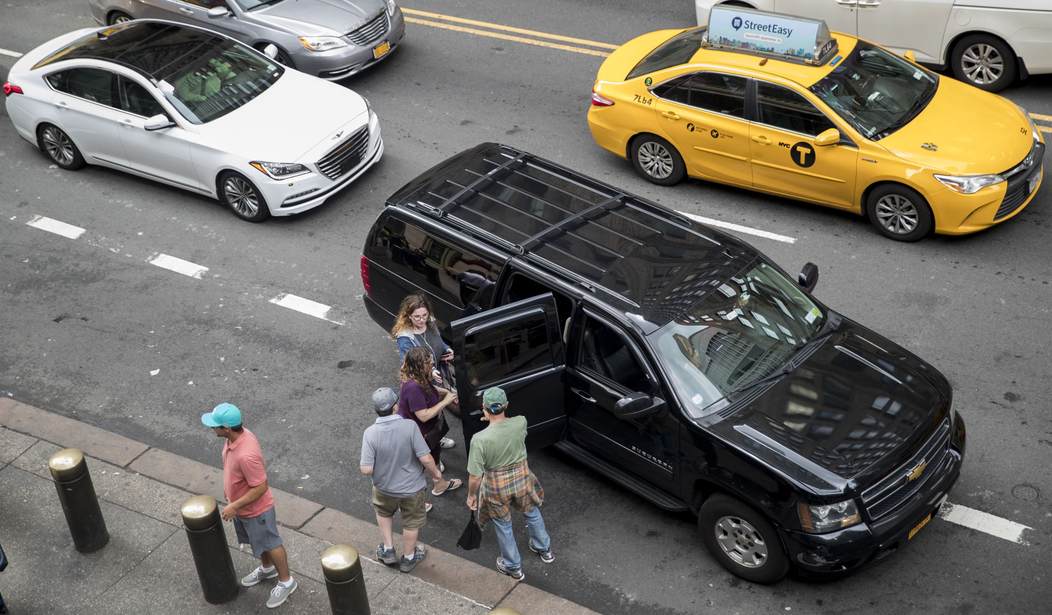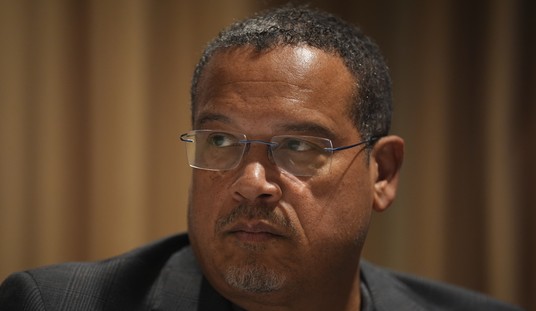Sometimes you just have to give credit where due when somebody tries thinking outside the box in an effort to address societal problems. That may turn out to be the case with the city of Wilson, North Carolina. Wilson’s aging mass transit system of buses really wasn’t working for a lot of residents because it was inconvenient and crowded, and many routes took too long to get people to and from their jobs. Then, a few years ago, they mothballed all of the buses and set up a system of publicly supported vans that people could call and be picked up and taken to their destination (local service only) for $1.50. And people really seemed to love it. So considering the deplorable state of mass transit in many cities, might this be a viable alternative? We’ll dig a little deeper below. (Associated Press)
When a small city abruptly parked all its buses to launch a publicly subsidized van service offering $1.50 trips anywhere in town, only one of its bus drivers — a big-city transplant — went along for the ride.
Milton Barnes used to oversee packed subway stations in Washington, D.C., a far cry from the sparsely filled buses he drove after moving to Wilson, North Carolina, to care for his elderly parents. Although transit ridership plummeted almost everywhere due to the pandemic, it has been surging in Wilson since its September 2020 switch from a fixed-route system to an on-demand one powered by a smartphone app.
“All day long I’m picking up people and dropping them off,” Barnes, 59, the only driver to work under both systems, said while driving his van on a typically busy morning. “When you’ve got door-to-door, corner-to-corner service, it’s going to be more popular.”
As noted above, plenty of people are using this system and they really seem to like it. It received an upgrade in 2020 when Wilson partnered with New York-based Via. Originally, riders needed to call a local number and tell them where they needed to be picked up and where they were going. But Via developed a phone app similar to Uber allowing riders to simply summon a van without needing to talk to anyone. That caused the price to go up to $2.50 per ride, but that’s still very reasonable and in line with many bus fares.
Via has established similar relationships in a few other places. In Austin, Texas they are running a similar service in a limited fashion, covering parts of the city that are not reached by the metro buses. These are considered to be “transit deserts.” But Austin’s buses are still doing the heavy lifting in most areas when it comes to municipal mass transit.
Unfortunately, this system may not be scalable and it might not even turn out to be a permanent solution for Wilson. First of all, using the word “city” to describe Wilson is a bit generous. They have a population of less than 50,000 and it covers less than 25 square miles, so there’s not all that much traveling required. If you tried to set this up in a city the size of Raleigh (with ten times the population and more urban sprawl) you would need a fleet of vans and drivers that might be fiscally and logistically unsustainable.
And then there are those bargain basement prices that Wilson charges for each ride. It’s a terrific deal for the residents, but the only way the city can offer rides that cheaply is through the use of federal funds that came from a grant in a previous transportation bill. (One of the few items actually related to real infrastructure in Biden’s last infrastructure bill.) That money is not going to last forever and there is no assurance that it will continue to be offered at the current levels. Without that help, the rides would be considerably more expensive and Wilson’s commuters would be right back where they used to be.
All of that leaves us to wonder what will happen in Wilson if the funding dries up and they have to cancel the van service. It would take time and money to bring all the buses out of mothballs, not to mention finding and hiring enough drivers to operate them if the previous drivers have moved on to other opportunities. And all of the people who have taken jobs that reach using the vans but wouldn’t be able to reasonably commute by bus would be in trouble.
All in all, this is an innovative idea. And with the right amount of government investment, it could be scalable to somewhat larger cities, though I don’t see it ever replacing the New York City mass transit system. The streets would quickly be shut down by the massive fleet of vans that would be required to replace all of the buses and subways. And that’s a shame because New York’s buses and subways are no longer safe for commuters in too many instances. But I salute Wilson for coming up with this plan and finding a way to make it work for their community.








Join the conversation as a VIP Member